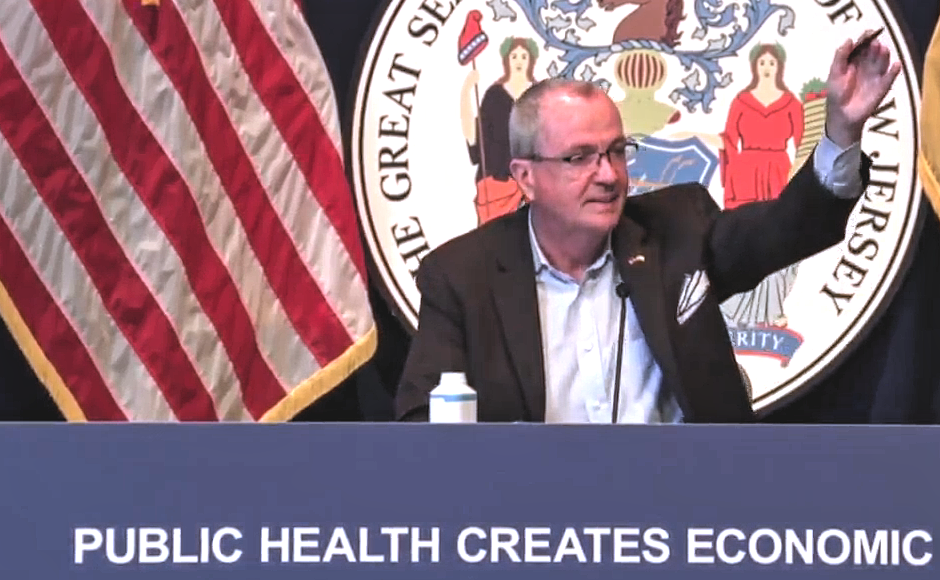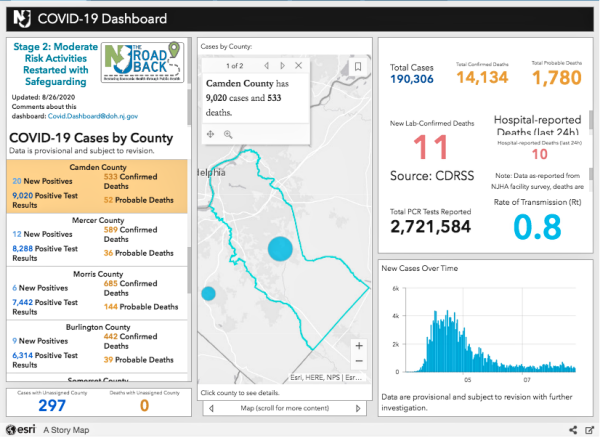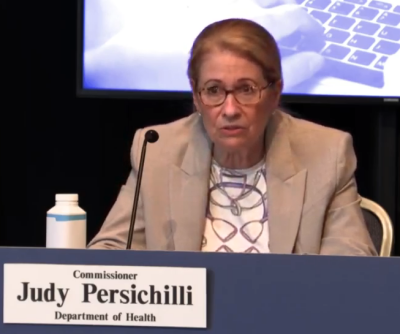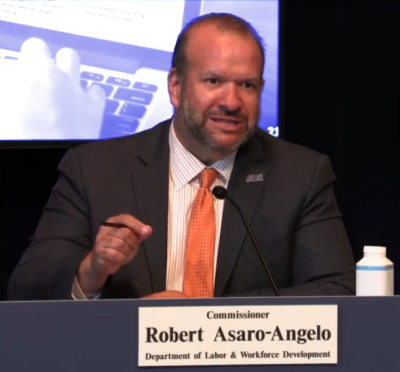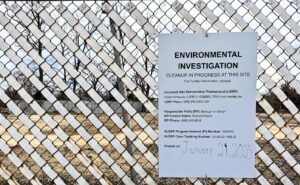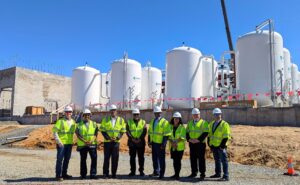The planned resumption of gyms and indoor amusement activities follows a nearly six-month shutdown of fitness centers in response to the pandemic.
By Matt Skoufalos | August 26, 2020
Another 288 New Jersey residents have tested positive for novel coronavirus (COVID-19), bringing the statewide total to 190,306 cases, Governor Phil Murphy reported Wednesday.
Sadly, 11 more residents have perished from complications related to the virus, bringing the statewide death toll to 14,134 lives lost during the pandemic.
Seven of those 11 deaths occurred within the last five days, Murphy said.
In addition to those lab-confirmed fatalities, the state has acknowledged another 1,780 probable COVID-19-related deaths, revised down by 49 from prior counts.
Rate of transmission (Rt) down to 0.80, spot positivity highest in South Jersey
The statewide average of COVID-19 spot positivity testing stood at 1.99 percent August 22.
Still, it’s highest in South Jersey, at 2.44 percent.
Rt, the variable that describes the seven-day, rolling-average rate of transmission of new COVID-19 cases, fell to 0.80 from samples taken August 24.
An Rt figure less than 1.0 means that each new COVID-19 patient is infecting less than one other person, on average, and the spread of the virus is decreasing.
Since its mid-April COVID-19 spike, the highest reported RT in New Jersey was 1.48, recorded August 1. The lowest was 0.62, recorded June 9.
Long-term care accounts for half of all deaths, a fifth of those infected
Throughout New Jersey, 425 people currently are hospitalized with a case of COVID-19: 229 have tested positive for COVID-19, and 196 are awaiting confirmation of their symptoms.
Among those hospitalized patients, 72 are in intensive or critical care, and 29 of the ICU and critical-care patients (40 percent) are on ventilators.
Across the state, 639 long-term care (LTC) centers have reported at least one case of COVID-19, and 176 are dealing with an active outbreak. LTCs account for 37,967 infected patients and staff in New Jersey, or 20 percent of total cases.
That includes 24,754 residents and 13,213 staffers sickened by the virus, as well as 7,069 lab-confirmed resident deaths (50 percent of the statewide total) and 121 facility-reported staff deaths.
Of 654 veterans residing in a state-run home, 388 residents have tested positive for COVID-19, and 146 have died from complications related to the virus. Nine veterans presently are hospitalized with COVID-19, and 242 have recovered from the virus.
At state-run psychiatric facilities, 213 of 1,189 patients and 515 staff members have tested positive for COVID-19. Thirteen patients and seven staffers have died from complications related to the virus.
To date, 56 New Jersey children aged 1 to 18 have been diagnosed with pediatric multisystem inflammatory syndrome, New Jersey Health Commissioner Judy Persichilli said — the first additional confirmed case in weeks.
All those pediatric patients have tested positive for an active COVID-19 infection or the presence of COVID-19 antibodies, indicating exposure to the virus. No deaths have been associated with this syndrome in New Jersey.
Gyms can reopen at 25 percent indoor capacity Sept. 1
On Wednesday, Murphy said he’ll sign an executive order reopening gyms to indoor activity at 25 percent of capacity starting September 1.
Full details of the highly prescriptive guidance from the New Jersey Department of Health (NJDOH) were released in full after the briefing, but the governor ran down some highlights.
Group classes will be limited to one person per 200 square-feet (about a 14-feet-by-14-feet area). Masks must be worn by everyone at all times. Equipment must be distanced six feet apart and routinely sanitized, and members and staff must keep detailed logs for potential contact tracing.
Shower facilities will not be opened, initially. Outdoor activities may continue under their current capacity thresholds and regulations.
“Gyms are among the most challenging indoor environments… but given where we are in this fight, we believe we are ready to take this step forward,” Murphy said.
Persichilli reminded residents that the close proximity and heavy breathing that accompany indoor workouts can place people at risk of contracting the virus, and the governor later added that airborne particles are more likely to transmit COVID-19 than sweat is.
Asked about the reopening of indoor dining and movie theaters in the state, Murphy said both businesses “will move at the same time,” but provided no timeline for such.
NJ to secure $300-per-week benefit for certain unemployed people under FEMA program
Murphy also announced Wednesday that New Jersey will participate in the FEMA Lost Wages Supplemental Assistance Program, which will deliver another $300 per week in federal benefits to New Jerseyans whose work was disrupted by the pandemic.
The $44 billion FEMA program offers an additional $300 weekly benefit for claimants who can self-certify that their full or partial unemployment is “due to disruptions caused by the COVID-19 pandemic,” according to the agency.
However, New Jersey Commissioner of Labor and Workforce Development Rob Asaro-Angelo cautioned residents that the U.S. federal unemployment system is “not built to help all unemployed workers,” adding that the relief offered “does not go far enough to help those in need.
“In fact, it leaves our neediest workers—those receiving less than $100 in weekly unemployment benefits, or whose unemployment might not be directly related to COVID—out,” Asaro-Angelo said.
Unlike the federal pandemic unemployment compensation (F-PUC), which “was for everybody across the board,” the new benefit “is when they’re going to be slicing and dicing and picking winners and losers,” the commissioner said.
“The memo calling for the creation of this program does not go far enough to help those in need,” Asaro-Angelo said. “Folks who got the $600 are not eligible for the $300 in all cases.”
Any additional benefit would have to be provided by state governments, and New Jersey “can’t afford the $1.7 billion it might cost to support the $400 level through December,” Asaro-Angelo said.
“Of the states that have applied thus far, 93 percent, like us, have sought grants at the $300 level, which the federal government supports fully,” he said. “I am hopeful that we are not in a competition against other states for this money.”
For those who could certify to receive those benefits in the month of August, a maximum total of $900 is likely paid out in a one-time, retroactive lump sum, the commissioner said.
In the past 20 weeks, New Jersey has distributed $14 billion to more than 1.3 million workers, Asaro-Angelo said. Since its unemployment call center was established in June, it’s fielded 350,000 calls, half of which were resolved “at the first point of contact,” he said.
Murphy again renewed his call for U.S. Senate leaders to reinstate the $600 F-PUC benefit that expired at the end of July.

